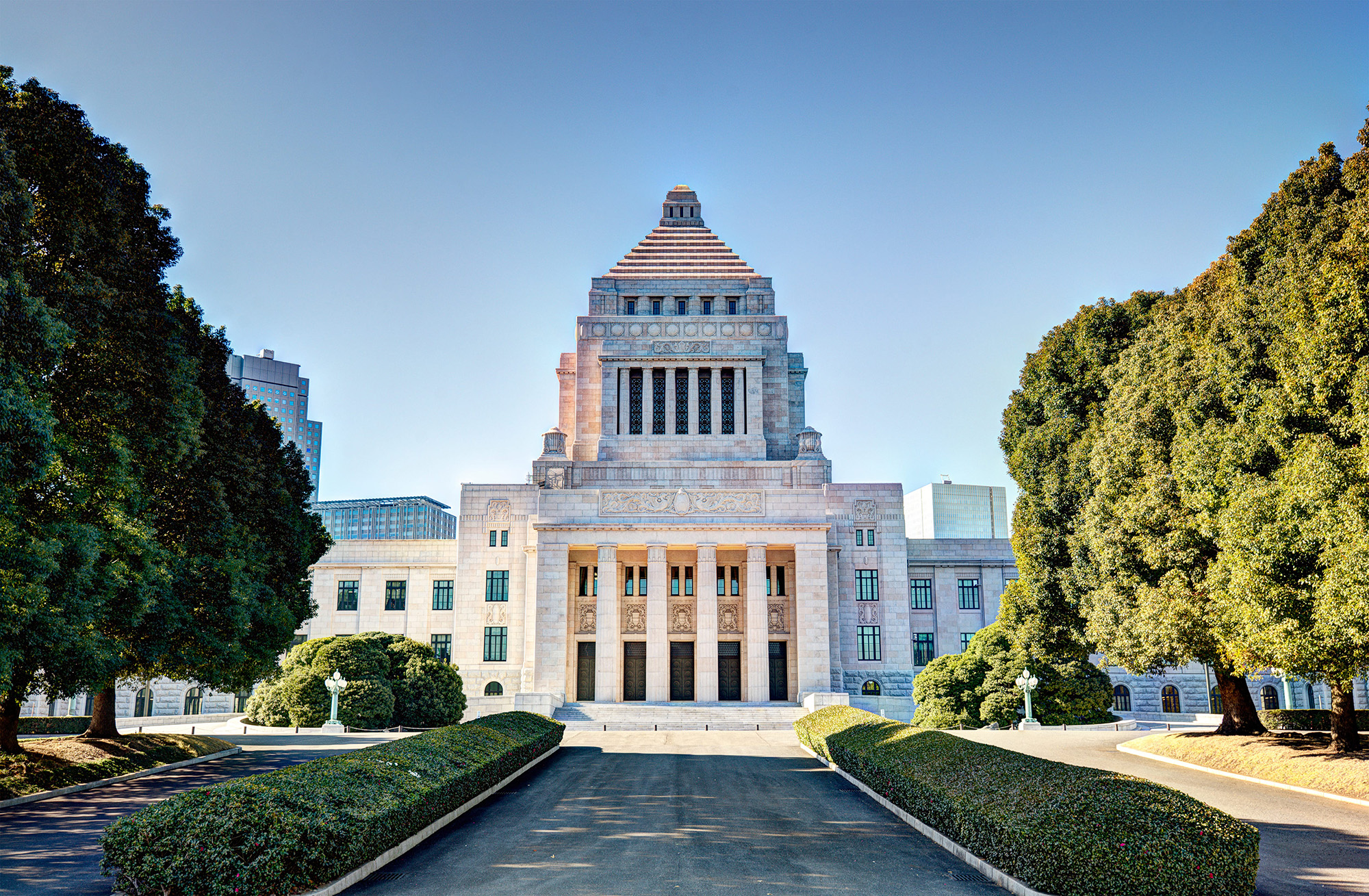Japan Pledges 15 Trillion Yen For Hydrogen Supply Chains

Japan’s government have revised the country’s hydrogen plans, including a pledge to invest ¥15 trillion ($107 billion) over 15 years to accelerate decarbonisation.
Their investment pledge draws together funding from both public and private sectors, and will be used to build up hydrogen-related supply chains.
The revised Basic Hydrogen Strategy, which was released this June, also sets a new target to increase the annual hydrogen supply by six times, from the current level of 2 million tons, to 12 million tons by 2040.
It is hoped that in adhering to this time scale, companies will be encouraged to become more involved in hydrogen initiatives, enabling them to realise their aim to commercialise hydrogen power generation by 2030.
Developing water electrolysis equipment, fuel storage batteries, and large-size tankers for transporting hydrogen are three of nine key strategic areas prioritised in the plan.
Hirokazu Matsuno, Chief Cabinet Secretary, said: “Hydrogen is an industrial sector that can make a triple achievement of decarbonisation, stable energy supply, and economic growth in one shot.
“We will promote [hydrogen] on a large scale, both demand and supply.”
Industry minister Yasutoshi Nishimura also commented: “We would like to steadily build a supply chain for hydrogen in Asia and the Indo-Pacific region by further expanding Japan’s [hydrogen] technology, which has been world-leading.”
Japan’s hydrogen industry is still in its early stages, although the county’s leaders express the desire to turn Japan into a “hydrogen society”.
Japan had already expressed an interest in a hydrogen powered society
Earlier this month, Prime Minister Fumio Kishida attended a hydrogen council meeting with industrial leaders, where he said Japan aims to achieve an “Asian zero-emission community,” contributing Japanese technology into decarbonisation technologies including hydrogen and ammonia.
He continued: “By setting an ambitious goal, we aim to make our plans more predictable and encourage long-term investment in developing a large-scale hydrogen supply and demand.”
Prior to this latest revision, the government had already planned to grow Japan’s hydrogen supply to 3 million tons in 2030, increasing to approximately 20 million tons by 2050, by which time the country aim to release net zero green house gas emissions.
Additionally, the Prime Minister has also said the government is keen to speed up the establishment of international hydrogen supply chains by working with other Asian countries, the Middle East, and Australia.
In a separate energy white paper, which was published on the same day as their revised Basic Hydrogen Strategy, hydrogen was identified as a key material in the decarbonisation of multiple sectors.
Japan’s hydrogen strategy was established in 2017, and the country are subjecting it to revisions following the development of hydrogen policy strategies by European nations and the United States.
The war in Ukraine is impacting hydrogen decision making
The Cabinet have also approved an annual energy report which forecasted the shortages of liquefied natural gas up to 2025, due to the economic sanctions against Russia for its war on Ukraine, which have increased long-term competition for the energy source.
Furthermore, the demand for LNG as an alternative to Russian natural gas has resulted in LNG prices rising, necessitating the creation of a long-term strategy for securing stable energy supplies.
The same is true for the UK, with the government reported to have spent an additional £50bn to £60bn on wholesale gas, on top of the £10bn to £20bn spent in an normal year, according to a study by the Energy and Climate Intelligence Unit published earlier this year.
With more and more countries looking to a hydrogen-powered future, the UK are under increasing pressure to clearly define their hydrogen strategy and join the leagues of nations that have already positioned themselves in the emerging hydrogen supply chain.
Having identified the need for a hydrogen-based approach, particularly when it comes to hard-to-electrify industries, the UK have started to envisage what a certification scheme would look like by laying out key design features, end ensuring a clear link between producers and end users of low-carbon hydrogen.
In order to produce hydrogen, the government would need to upgrade its current operations throughout the UK and scale up to accommodate export potential.
Alternatively, the UK could set its sights on forming alliances with nations like Japan, who are on the cusp of being able to produce significantly more hydrogen than current efforts.

